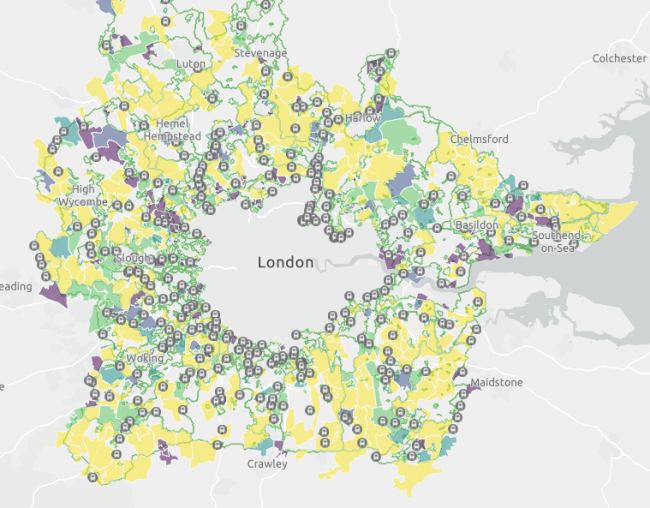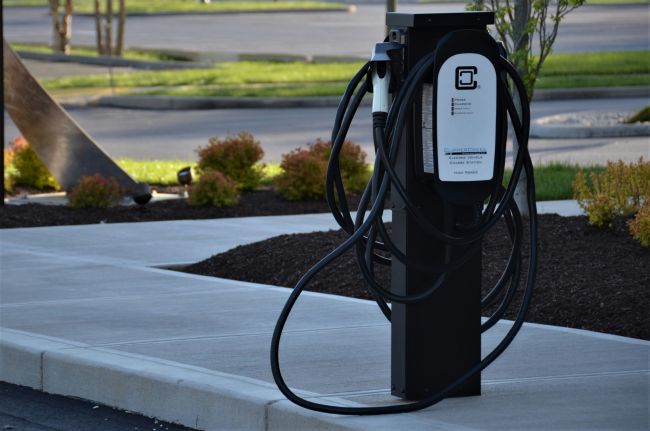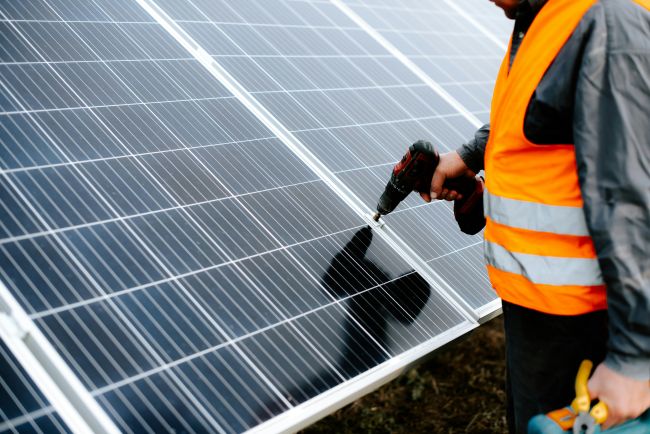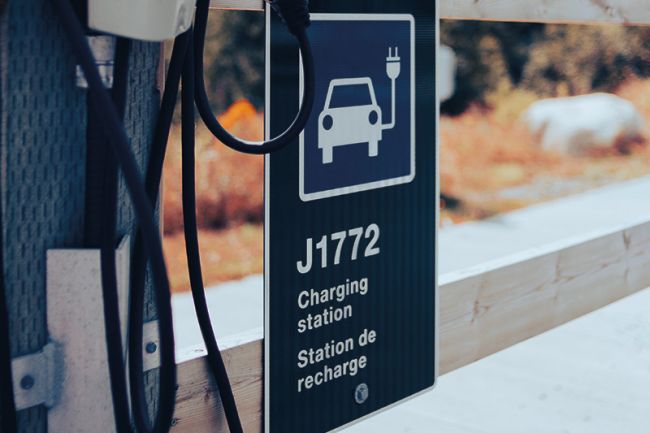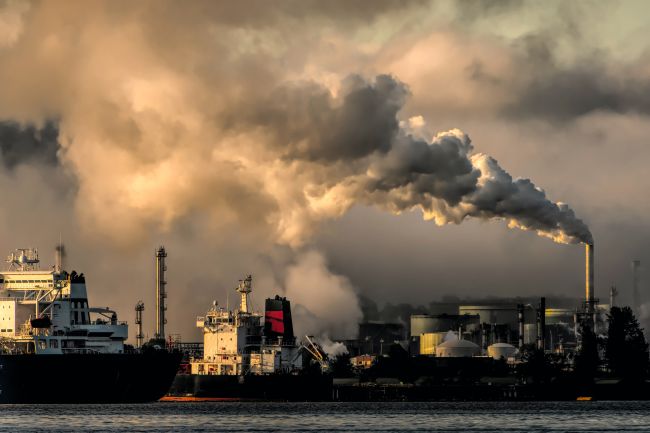Build back better infrastructure resilience
Climate change presents an even bigger threat to our lives and livelihoods than the COVID-19 pandemic.

The recent devasting flooding in the City of Wuhan and across many parts of southern and western China is a sobering reminder that climate change presents an even bigger threat to our lives and livelihoods than the COVID-19 pandemic. Across the globe, there have been many calls for a Green Recovery and the need to 'Build Back Better' from the virus’s impacts capitalising upon opportunities for Clean Growth.
The UK Government’s commitment to achieving Net Zero Carbon Emissions by 2050 needs bold action and significant behavioural and technological change, but this must be addressed hand in hand with building our resilience to the changing climate. The time lag effects involved in global warming mean that even if all emissions worldwide were reduced to zero today, the climate would continue to change with warmer, wetter winters; hotter, drier summers and more extreme events including flooding, drought and wildfire.
Defra recently issued its long-awaited Policy Statement on Flood and Coastal Erosion Risk Management supported by the National Flood and Coastal Erosion Risk Management Strategy for England. These were both informed by the National Infrastructure Commission’s report on Resilient Infrastructure – Anticipate, React, Recover; a key contribution to this was Steer’s project on Infrastructure Resilience Standards of Service. The policy statement highlights the importance of working together to transform local flood and coastal erosion risk planning and re-stipulates the Government’s commitment to ramp up efforts to manage flood and coastal erosion risk with over £5bn capital funding from 2021-2027 to be invested in 2,000 new defences to better protect over 300,000 properties.
The Strategy has a strong focus on infrastructure resilience with one of its three objectives being ‘Today’s growth and infrastructure – resilient in tomorrow’s climate’. Clunky wording but the intentions are sound – setting out a long-term objective for the Environment Agency, water companies and local authorities to work with infrastructure providers to ensure all infrastructure investment is resilient to the future climate, as well as building back better where infrastructure is impacted by flooding or coastal change. Over two-thirds of properties in England are served by infrastructure sites and networks located in, or dependent on others located in, areas at risk of flooding. As the population grows and climate change impacts become increasingly evident, this proportion will only increase without concerted effort now.
Emma Howard Boyd, Chair of the Environment Agency, states in her introduction to the new Strategy that, "resilience isn’t only about risk avoidance, there’s a world of social and economic opportunities in helping communities to protect against, manage, and build back better following, the physical impacts of climate change."
So there are benefits to be achieved as well as damages to be avoided. Thankfully, adapting to climate change impacts is no longer viewed as solely an environmental issue, it is recognised as an economic, social and moral issue. Building resilience now, can save money as well as lives in the future, and produce multiple benefits for our economies, societies and environments. In every strategy, planning and development project, in every part of the world, we should be asking ourselves whether we have properly considered the impacts of climate change and if not, considering how to enhance the resilience of these initiatives.
If you require any advice on understanding climate risks and building resilience to their impacts, please get in touch.



